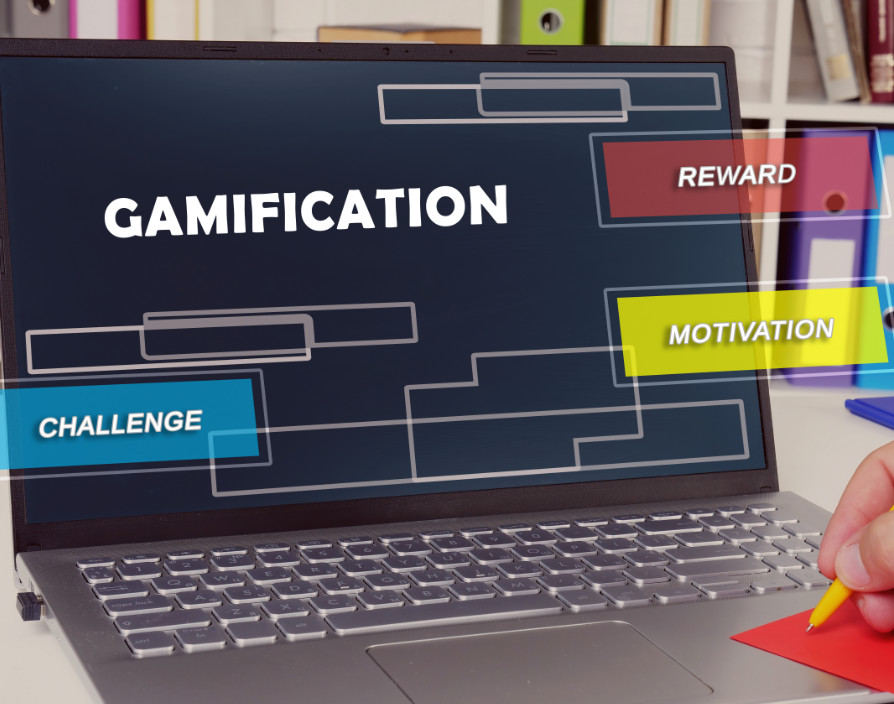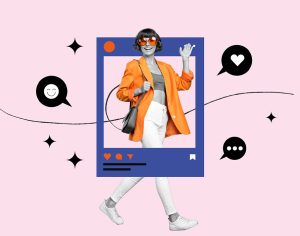Gamification in marketing is the application of game elements and theory to your advertising and other marketing solutions, designed to encourage user engagement and enhance favourable behaviours that benefit your business such as; increasing user activity, social interaction, or quality and productivity of actions. These game elements can take a number of practical forms, including mechanics like points, countdowns, and bonuses, based around creating engaging tasks for users to perform in order to receive rewards – just like a game!
Some examples of game mechanics include:
Goals
Where participants work towards a particular objective or challenge, ideally a task set for a player that is non-trivial to accomplish. Goals can also include an obstacle to overcome or having to achieve a task. Including goals in your gamified marketing can often make the experience more engaging and interesting for your users, particularly in avoiding the perception of trivial barriers.
Competition
Incorporating competitive elements into your gamification strategy motivates participants to continue to engage in the activity as they enjoy challenging their peers. Competing and playing to win can be something that releases hormones like serotonin and dopamine for many people, making the game a positive experience for users that can also hold their attention for long periods of time.
Rewards
Badges, points and other rewards can drive participants’ motivation and attachment to products, and allows them to feel like they have accomplished or earned something for completing their task. Rewards can be many things, and not necessarily monetary – A prize can be real or within the game, and it can even be feedback. The challenge or game itself can, in some instances, be the reward as well.
Why Gamification in marketing?
The main advantage of a gamified environment is that it drives motivation. You can apply this concept to a variety of marketing strategies to encourage higher customer engagement and drive specific behaviours that aid in your business objectives. Used as a marketing tool, gamification can boost customer engagement, increase sales or brand loyalty, and gain invaluable customer data that you may be unable to gather elsewhere.
As well as enabling benefits such as data collection or encouraging repeat purchases, gamification can help to make target audiences more receptive to marketing messages and more likely to explore other marketing content – research suggests that users with experience of gamification are 56% more likely to click on a gamified ad in the future.
Gamification in marketing is also effective across a broad range of consumer groups and types – consumers aged 55+ are 65% more likely to click a gamified ad, as compared to a normal ad, while consumers aged 18-34 were 48% more likely to do so.
The rewards earned by the consumer only help to engage them further with the brand. A third of consumers said that game mechanics in marketing help to improve brand opinion, particularly among younger customers, where 45% of 18’34-year old’s said that games positively influenced their opinion of a brand.
More than half (51%) of respondents to polling on the subject said that winning a prize or voucher from a game feels more valuable than a coupon code available to all. The reward has a deeper impact because it’s been earned, and gives the impression of exclusivity – giving a gamified marketing strategy a much greater impact with customers.
“
Share via:








































